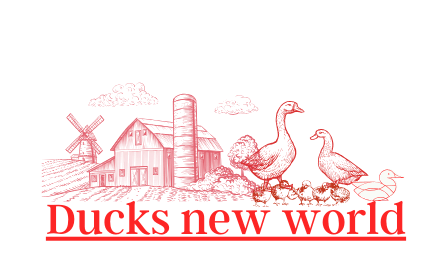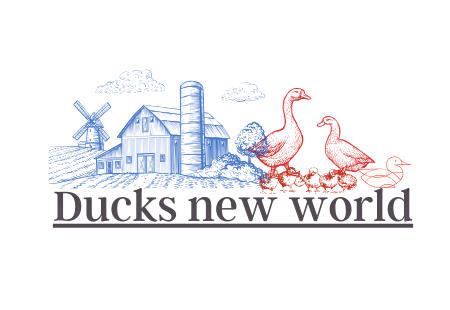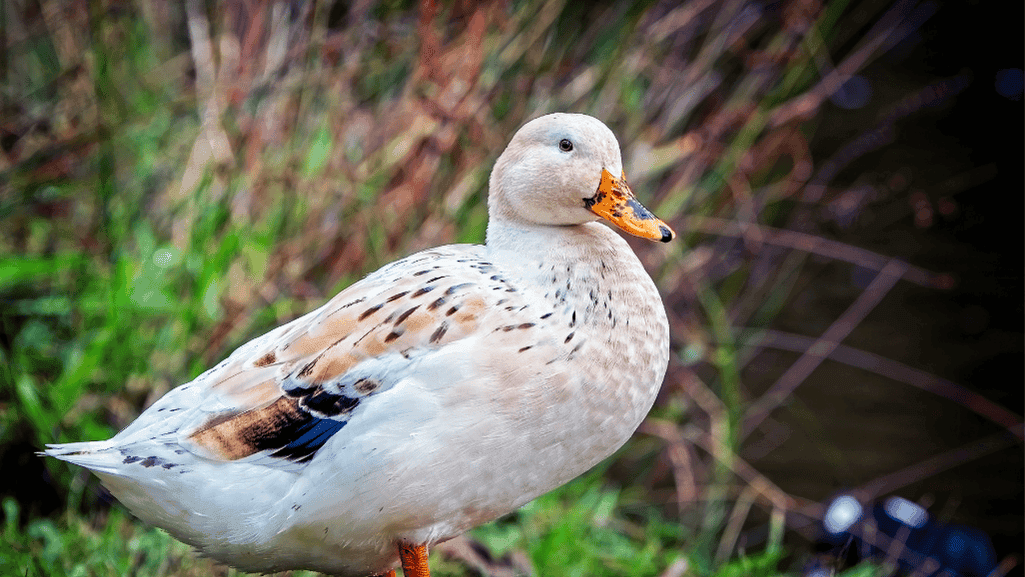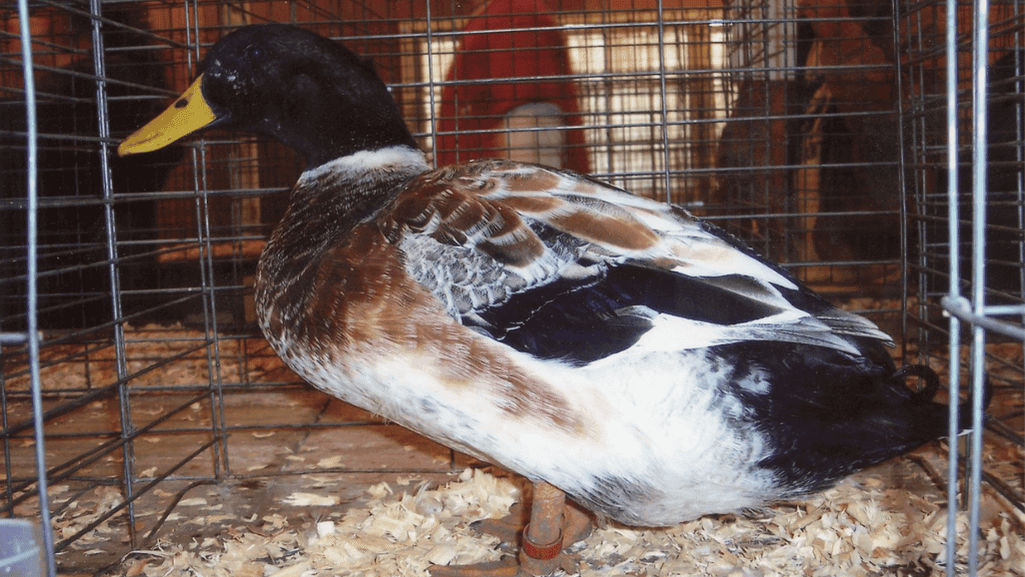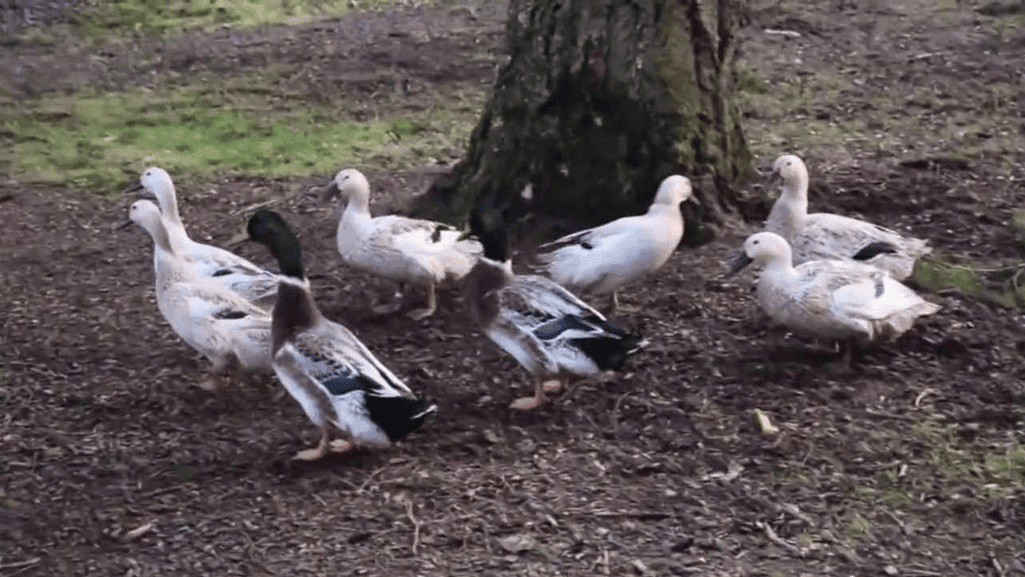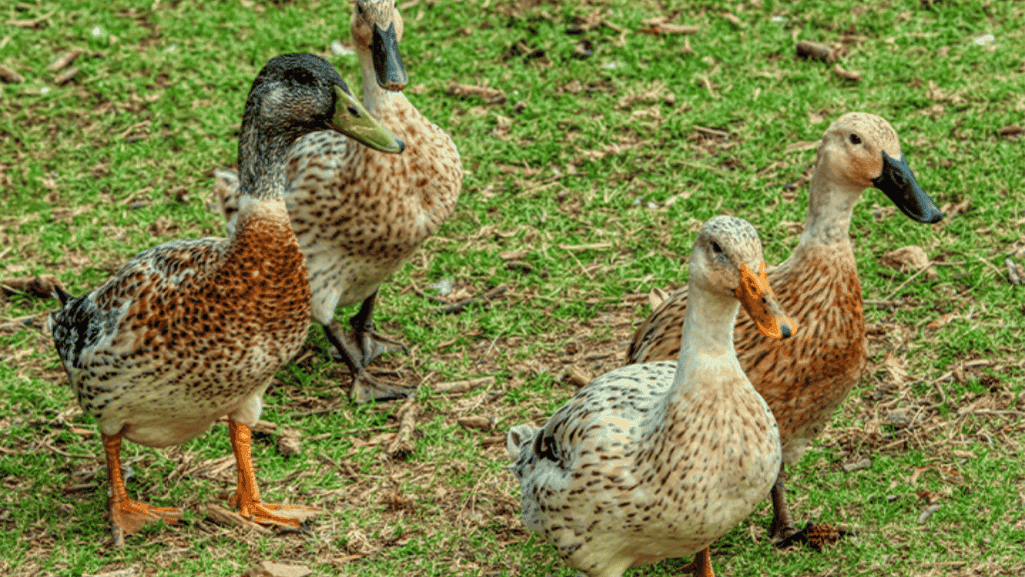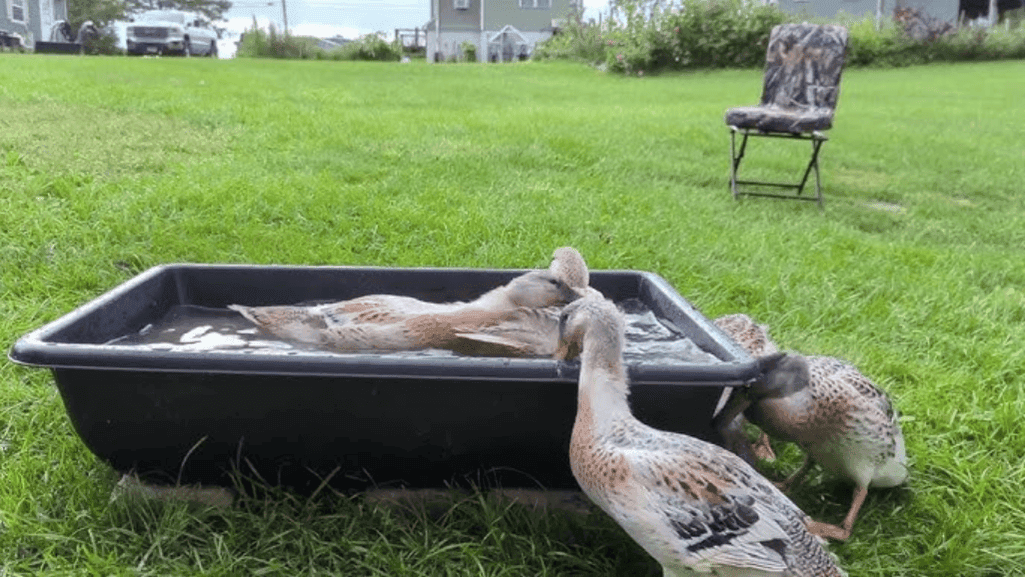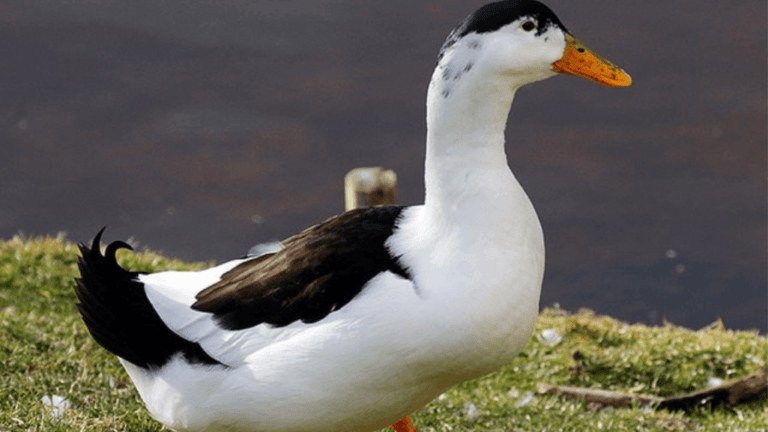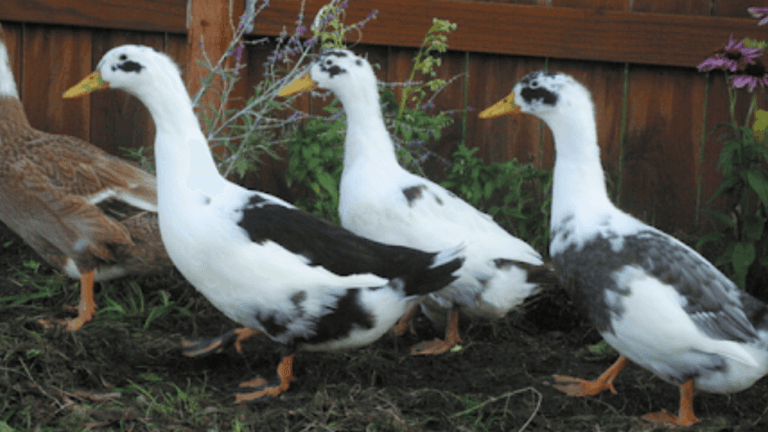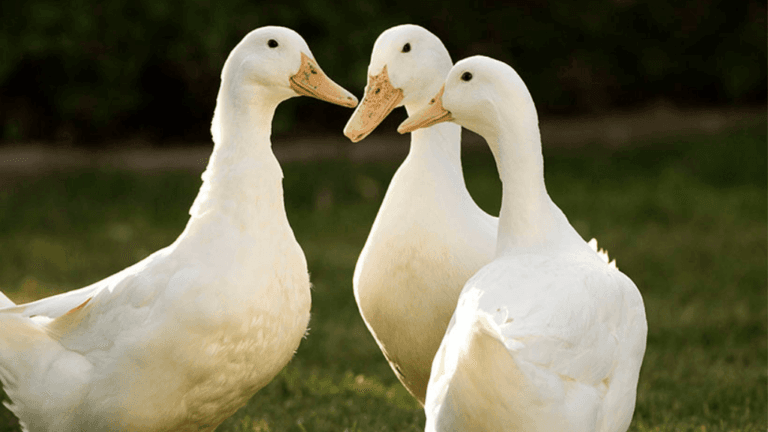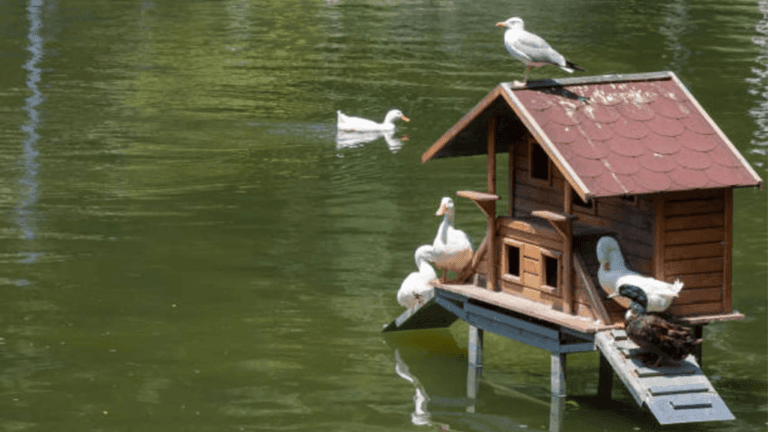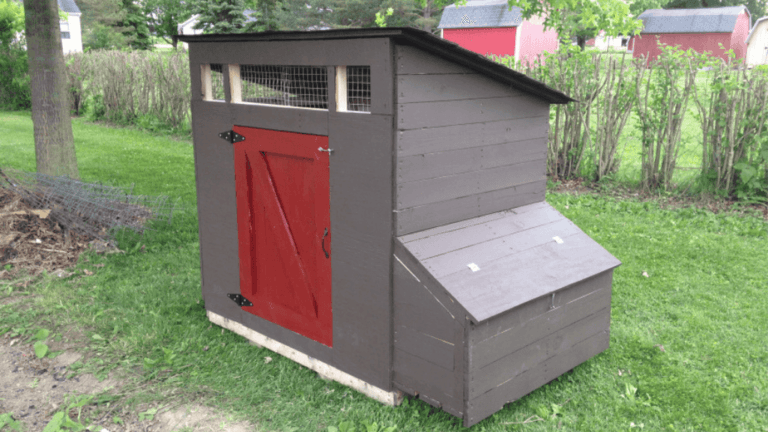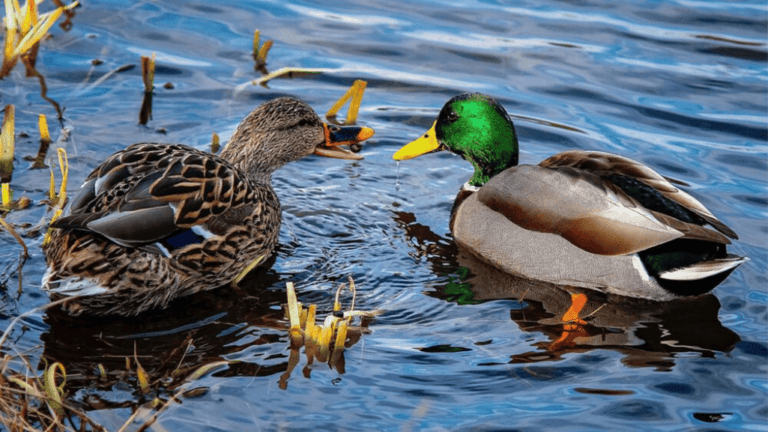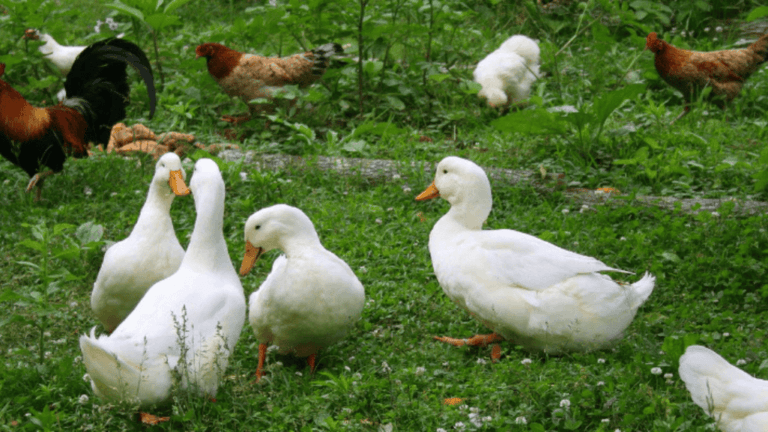Start an exciting journey into the world of Welsh Harlequin Ducks. These ducks are rare and have captured the hearts of many. They add color to their habitats and help with waterfowl conservation.
Learn more about Welsh Harlequin Ducks and their unique traits. Their adorable ducklings and egg-laying skills will amaze you. These ducks are truly special and worth learning about.
Welsh Harlequin ducks are not just beautiful; they are also very active. They spend all their time swimming, with ducklings resting or swimming 70% of the time. They also forage for food outside their pen, eating insects and snails.
Join us as we explore the world of Welsh Harlequin Ducks. Find out why they are loved by duck enthusiasts and important for conservation.
Key Takeaways
- Welsh Harlequin Ducks are a rare and captivating breed known for their distinctive appearance and vibrant colors.
- These ducks play a crucial role in waterfowl conservation efforts, helping to preserve biodiversity.
- Welsh Harlequin ducks are highly active, spending a significant portion of their time swimming and foraging.
- Ducklings showcase adorable characteristics and undergo rapid development, with 50% showing clear feather growth after just two weeks.
- Discovering the world of Welsh Harlequin Ducks is a fascinating and rewarding experience for duck enthusiasts and nature lovers alike.
Introducing the Vibrant World of Welsh Harlequin Ducks
Get ready to be amazed by the Welsh Harlequin Ducks. These ducks have won the hearts of many with their stunning looks and friendly nature. Let’s dive into their world and learn about their origins, history, and what makes them special.
Origins and History of the Welsh Harlequin Duck Breed
The Welsh Harlequin Duck is a new breed, created in Wales in the early 1900s. Their exact beginnings are a bit of a mystery. But, it’s thought they were made by mixing different duck species like the Khaki Campbell and Mallard.
Thanks to Welsh duck breeders, this breed is not just beautiful. They also lay lots of eggs and are very friendly.
Unique Characteristics and Appearance
The Welsh Harlequin Duck’s feathers are truly stunning. The male’s feathers are a mix of rusty red, navy blue, deep aqua, and white. This creates a beautiful pattern that catches the eye.
The female, or hen, has a more subtle look. Her feathers are mousy gray-brown, with a white face and cheek dot. This makes her easy to tell apart from other ducks.
These ducks are medium-sized, between 14 to 18 inches long. They make a high-pitched squeak, earning them the nickname “Sea Mouse.” They are not only beautiful but also friendly and curious, making them great for backyard flocks.
| Duck Breed | Average Weight | Egg Production | Unique Features |
|---|---|---|---|
| Welsh Harlequin | 4.5 – 5.5 lbs | 180 – 220 eggs/year | Colorful plumage, friendly temperament |
| Aylesbury | 4.4 – 5.5 lbs | 110 – 150 eggs/year | White plumage, classic large duck breed |
| Buff Orpington | 3.5 – 4.5 lbs | Up to 220 eggs/year | Buff-colored plumage, excellent egg production |
| Dutch Hookbill | 3.3 – 4.4 lbs | 100 – 150 eggs/year | Distinct downward-curved beak, dates back to 17th century |
The Welsh Harlequin Duck stands out with their unique looks and lively spirit. As we learn more about them, we’ll see how they help in waterfowl preservation and bring joy to those who care for them.
The Fascinating Colors and Patterns of Welsh Harlequin Ducks
Get ready to be amazed by the stunning colors and patterns of Welsh Harlequin ducks. They add a vibrant splash of beauty to any flock. These ducks not only add to Welsh avian biodiversity but also show the incredible artistry of nature.
Exploring the Gold and Silver Color Phases
Welsh Harlequin ducks come in two beautiful colors: Gold and Silver. The Gold Phase has a warm mix of cream and brown feathers, looking rich and luxurious. The Silver Phase has a cooler look with slate blue and cream feathers.
The Silver Phase ducks change color more as they grow up. Their feathers evolve, showing new depths and dimensions to their look.
Understanding the Role of Bill and Foot Color in Show Quality
The color of a Welsh Harlequin duck’s bill and feet is key in shows. Judges look at these to see if the duck meets the breed standards.
To do well in competitions, a Welsh Harlequin duck’s bill and foot color must match certain criteria. The table below shows what colors are expected for each phase:
| Color Phase | Bill Color | Foot Color |
|---|---|---|
| Gold Phase | Greenish-yellow | Orange |
| Silver Phase | Slate blue | Reddish-orange |
By following these standards, breeders and fans help keep Welsh Harlequin ducks looking unique and striking. This preserves the breed’s beauty for future generations.
Welsh Harlequin Ducks: A Dual-Purpose Breed
For duck enthusiasts looking for a breed that’s great for eggs and meat, the Welsh Harlequin duck is perfect. This rare duck breed is loved for its special looks and its ability to do two things well.
Excellent Egg Production and Laying Habits
Welsh Harlequin ducks are known for laying lots of eggs. They start laying eggs at 6 to 8 months old. They can lay up to 240-330 large, white eggs a year. These eggs are not only many but also taste great.
Welsh Harlequin ducks are also reliable when it comes to laying eggs. They keep laying eggs all year round. This is great for those who want a steady supply of fresh eggs.
Meat Quality and Culinary Uses
Welsh Harlequin ducks are also prized for their meat. They are raised for both their eggs and meat. These ducks grow slowly, making their meat tender and flavorful.
The meat of Welsh Harlequin ducks is versatile. It can be used in many dishes, from roasted duck to confit. It’s a favorite among chefs and home cooks because of its rich taste.
| Breed | Egg Production | Meat Quality |
|---|---|---|
| Welsh Harlequin | 240-330 eggs per year | Flavorful and tender |
| Khaki Campbell | 300-340 eggs per year | Less meat-focused |
| Pekin | 150-200 eggs per year | Excellent meat quality |
The table shows Welsh Harlequin ducks are great for both eggs and meat. They are a top choice for rare duck breed lovers who want a breed that does it all.
Welsh Harlequin ducks are a hit with backyard keepers and breeders. They impress with their egg-laying and meat quality. Their unique traits and dual-purpose nature make them a great addition to any flock.
Raising Welsh Harlequin Ducks: Tips and Considerations
Raising Welsh Harlequin Ducks is a fun and rewarding journey. They are known for being calm, laying lots of eggs, and looking beautiful. It’s important to give them the best care from the start.
Creating a safe brooding area is key for ducklings. Keep the temperature at 90 degrees Fahrenheit for the first week. Then, lower it by 5 degrees each day until they have feathers. They need high-protein feed at first, then switch to lower-protein feed for bone growth. Make sure their feed has enough niacin/B3.
As ducklings grow, let them explore outside under supervision. Start this from the first week. By the second week, they can spend more time outside. But, watch them near water until their oil glands are fully developed, around ten weeks.
Raising friendly ducks means gentle handling and socialization early on. This helps them get used to people.
As they grow, Welsh Harlequin Ducks will bring joy and help your garden. They eat pests and improve the soil. Plus, they lay lots of eggs, up to 300 a year.
| Duck Breed | Annual Egg Production |
|---|---|
| Welsh Harlequin | Up to 300 eggs |
| Khaki Campbell | Up to 300 eggs |
| Indian Runner | 200 to 300 eggs |
To get more eggs, give them 13 to 14 hours of light a day. In short days, you might need extra light. A group of 14 Welsh Harlequin Ducks can lay a dozen eggs a day in peak season.
Raising Welsh Harlequin Ducks is not only a fulfilling hobby but also a valuable contribution to waterfowl preservation efforts and Harlequin duck breeding programs. By caring for them, you help their well-being and support their presence in our world.
Housing and Habitat Requirements for Welsh Harlequin Ducks
Welsh Harlequin ducks need a safe and comfy place to live. They love to show off their colors and friendly nature. Give them enough space, shelter, and places to swim and forage. This way, they’ll be happy and healthy, adding to Welsh bird life.
Providing Adequate Space and Shelter
Welsh Harlequin ducks need a big, safe place to move around. Their coop should have 3-5 square feet per duck. This keeps them dry and protected from the weather and predators.
They also need a big outdoor area. This should have 10-15 square feet per duck. It’s where they can forage, explore, and play. Make sure the area is fenced well to keep them safe.
| Housing Requirements | Space per Duck |
|---|---|
| Duck Coop | 3-5 square feet |
| Duck Run | 10-15 square feet |
Creating a Suitable Environment for Swimming and Foraging
Welsh Harlequin ducks love water. They need a clean, deep place to swim. A pond or pool is perfect for them to dive and splash. Make sure the water is clean and fresh.
They also enjoy foraging. They eat insects, greens, and plants. Give them a place with grass, shrubs, and shallow water. This lets them forage naturally and eat a balanced diet.
Here are some daily care tips for their habitat:
- Clean and dry duck coop with good litter
- Big duck run with strong fencing
- Open water for swimming and preening
- Fresh, clean water to drink
- Balanced duck feed and foraging spots
By focusing on these needs, you can make a great home for Welsh Harlequin ducks. They’ll be happy and healthy, showing off their beauty and adding to Welsh bird diversity.
Feeding and Nutrition for Optimal Health and Productivity
Welsh Harlequin Ducks need proper care to stay healthy. This includes a balanced diet that meets their needs at different ages. It’s crucial for their well-being.
Ducklings need a lot of protein, about 18-20%, to grow strong. Their starter feed is made to give them the energy they need. It also has important amino acids for muscle and feather growth.
Niacin is added to prevent leg problems and keep them healthy. As they grow, their diet changes. Grower feeds have less protein, and maintenance ducks need a balanced diet.
Breeder ducks need more protein, around 16-18%, to lay eggs. Breeder diets may also include omega-3 fatty acids for better egg quality.
Egg-laying ducks need moderate to high protein, 16-18%, for egg production. Calcium and vitamin D are key for eggshell formation and bone health. Meat ducks require higher protein, 18-20%, for muscle growth.
The nutritional needs of Welsh Harlequin Ducks change with age and purpose. The table below shows what they need at different stages:
| Life Stage | Protein (%) | Energy (kcal/kg) | Lysine (%) | Methionine (%) | Calcium (%) | Phosphorus (%) | Vitamin A (IU/kg) | Vitamin D3 (IU/kg) | Vitamin E (IU/kg) |
|---|---|---|---|---|---|---|---|---|---|
| Starter (0-3 weeks) | 18-20 | 2800-3000 | 0.9-1.1 | 0.4-0.5 | 0.65-0.8 | 0.6-0.7 | 4000-6000 | 500-1000 | 10-20 |
| Grower (4-7 weeks) | 16-18 | 2700-2900 | 0.7-0.9 | 0.3-0.4 | 0.6-0.7 | 0.5-0.6 | 3000-5000 | 500-1000 | 10-20 |
| Maintenance | 14-16 | 2600-2800 | 0.6-0.8 | 0.3-0.4 | 0.5-0.6 | 0.4-0.5 | 2000-4000 | 500-1000 | 10-20 |
| Breeder | 16-18 | 2700-2900 | 0.8-1.0 | 0.4-0.5 | 2.5-3.5 | 0.6-0.8 | 4000-6000 | 1000-2000 | 20-40 |
| Layer | 16-18 | 2700-2900 | 0.7-0.9 | 0.3-0.4 | 3.0-4.0 | 0.6-0.8 | 4000-6000 | 1000-2000 | 20-40 |
By giving Welsh Harlequin Ducks the right diet at each stage, they can thrive. Proper nutrition helps them stay healthy and supports waterfowl preservation efforts.
Breeding and Reproduction of Welsh Harlequin Ducks
Welsh Harlequin ducks are not just beautiful; they also have interesting breeding habits. As a rare duck breed, knowing how they mate, incubate eggs, and care for ducklings is key. This knowledge is vital for successful breeding programs.
Mating Behavior and Pair Bonding
Welsh Harlequin ducks form strong bonds with their mates. Males impress females with sounds and body language. These bonds last all breeding season, making their partnership successful.
It took 19 years of careful breeding to introduce Welsh Harlequins to the U.S. in 1968. This shows the dedication of breeders to perfect this breed.
Incubation and Hatching Process
Female Welsh Harlequin ducks lay 8-15 eggs at a time. These eggs can be incubated by the mother or in an incubator. The incubation period is about 28 days.
During this time, the eggs need the right temperature, humidity, and turning. When the ducklings hatch, they are fluffy and ready to explore.
Caring for Welsh Harlequin Ducklings
Caring for Welsh Harlequin ducklings is fun and rewarding. They need a warm, safe place with the right temperature. Start at 90°F (32°C) and lower it as they grow.
Give them nutritious starter feed, like waterfowl or chick starter. Always have clean water available, in shallow dishes to prevent drowning. As they grow, introduce them to outdoor spaces and swimming areas.
Ducklings can be sexed at hatch by their bill color. Males have lighter bills, females have darker bills with a dark spot. This helps breeders plan their flocks.
| Breed | Egg Production (per year) | Adult Weight |
|---|---|---|
| Welsh Harlequin | 240-330 | 4.5-5.5 lbs |
| Silver Appleyard | 200-270 | 6-8 lbs |
Welsh Harlequins lay more eggs than Silver Appleyards, 240-330 per year. They are smaller, but their egg-laying makes them popular among duck lovers and small farmers.
Understanding Welsh Harlequin duck breeding helps preserve this beautiful breed. With responsible breeding and care, we can ensure their beauty is enjoyed for generations to come.
The Importance of Welsh Harlequin Ducks in Waterfowl Conservation
Welsh Harlequin Ducks are key in waterfowl conservation. They have a unique genetic makeup and are at risk. Developed in 1949, they quickly became popular for their looks and egg-laying skills. But, their numbers are low, making them a threatened breed.
Supporting Welsh Harlequin Ducks helps keep waterfowl diversity alive. This diversity is crucial for their health and ability to adapt. It helps them fight off diseases and changes in their environment. Saving rare breeds like Welsh Harlequin Ducks keeps their special traits alive.
| Statistic | Value |
|---|---|
| Year of origin | 1949 |
| Recognition by American Poultry Association | 2001 |
| Annual egg production | 220-300 eggs |
| Conservation status | Threatened |
Welsh Harlequin Ducks also add to Welsh avian biodiversity. Their colors and patterns make the landscape more interesting. They help keep local ecosystems balanced. By saving Welsh Harlequins and their homes, we protect more than just a breed. We help keep Welsh waterfowl diverse and healthy.
To help save Welsh Harlequin Ducks, there are steps we can take. We can buy ducks from breeders who care about preserving the breed. We can also support groups like the American Livestock Breeds Conservancy. Raising awareness about waterfowl conservation is also important. Together, we can make sure future generations can enjoy Welsh Harlequin Ducks.
Showcasing Welsh Harlequin Ducks: Exhibitions and Competitions
Welsh Harlequin ducks have won the hearts of many with their beauty and special traits. They are a favorite at shows and competitions. Here, breeders show off their best ducks.
Being part of these events shows breeders’ hard work and knowledge. It also helps spread the word about the breed and its need for protection.
Preparing Welsh Harlequin Ducks for Show
To get Welsh Harlequin ducks ready for shows, breeders put in a lot of effort. They keep their ducks healthy with good food, vet visits, and a clean home. Keeping their feathers clean and in good shape is also important.
Breeders also teach their ducks to be comfortable with being handled. This helps during competitions when judges examine them.
Judging Criteria and Standards
At shows, judges look at Welsh Harlequin ducks based on certain criteria. They check the ducks’ color, pattern, and how well they fit the breed standard. The ducks’ size and shape are also important.
Following these standards is key to winning. It shows the breeder’s dedication to the breed. By joining shows, duck lovers help protect the breed for the future.
